Special Report
23 Countries That No Longer Exist and the History Behind Them

Published:

There are about 200 countries in the world today but this number has changed over the centuries. Throughout history, borders have rarely remained static, with new countries forming and others ceasing to exist.
Many nations were created organically as a group of people had a common culture and language. Other countries were formed simply because of geography. Some were created following mass migrations, and some were established after the breakup of bigger empires or countries into smaller states, and others were established following wars and treaties. These are the longest wars in history.
To account for the changes in our world over time, 24/7 Tempo has compiled a list of countries that no longer exist.
Depending on how you count, there are between 195 to 207 countries. There are 193 UN members and two non-member observer states — the Holy See, which governs Vatican City, and the State of Palestine. In addition, there are six states with partial recognition such as Taiwan and Kosovo, and several more self-declared countries.
The world’s newest country is South Sudan, which declared its independence from Sudan in 2011 following a bloody civil war. The smallest country on Earth is the Holy See, which has a landmass of 0.2 square miles within Rome, Italy. Here are the 25 smallest countries and territories in the world.
The oldest country is the Republic of San Marino, which was founded in 301 B.C., but not recognized as an independent country until 1631. San Marino is also surrounded by Italy. Those tiny countries have managed to survive nearly 2,000 years of political upheaval in Europe, a remarkable achievement as political ambitions and nationalist aspirations are forever redrawing the world’s map.
Click here to see the 23 countries that no longer exist and the history behind them
24/7 Tempo used reference materials like Britannica.com, state and country websites, and various biographical websites as information sources to create its list of countries that no longer exist. We considered a variety of reasons for why nations disappeared — losing a war, economic collapse, absorption by a larger, neighboring country. Most of the nations that vanished had been created after the Renaissance, when the notion of a nation-state — countries that have homogeneous features such as language or common descent — first came into being. We included empires such as the Holy Roman Empire, which provided a political, economic, and social framework for the nations that emerged from it.

1. Austria-Hungary
Created by the union of the Austrian Empire and the Kingdom of Hungary in 1867, Austria-Hungary was a quintessential multilingual empire. The empire was an amalgamation of 11 different ethnic groups that lasted until 1918 as World War I ended. After the Holy Roman Empire ceased to exist in the early 19th century, Austria-Hungary inherited the mantle as the largest Catholic-led empire. The empire’s Catholic character and affection of the people for longtime Emperor Francis Joseph were some of the factors that kept the empire together for 51 years. Even so, rising nationalist fervor among ethnic groups began to cleave Austria-Hungary even before the start of World War I. After the polyglot empire dissolved, Austria and Hungary became separate republics, and the new nations of Poland, Czechoslovakia, and Yugoslavia were created.
[in-text-ad]

2. Czechoslovakia
Founded in 1918 at the end of World War I, Czechoslovakia, a former Central European nation, comprised the former lands of Bohemia, Moravia, and Slovakia. The political union was possible because these regions had similar languages, religion, and culture. Between the world wars, the country became one of Central Europe’s most politically stable and prosperous states, functioning as a parliamentary democracy. From 1938-1945, Czechoslovakia was under Nazi rule, and from 1948-1989, it was controlled by the Soviet Union. A peaceful “Velvet Revolution” brought communism to an end in Czechoslovakia in 1989. By 1990, the country had held its first free elections, but disagreements between Czechs and Slovaks grew. The parliament peacefully dissolved the sovereign state in 1992, agreeing to separate the country into the Czech Republic and Slovakia starting in 1993.

3. Confederate States of America
The Confederate States of America, all located in the South, lasted from 1861 to 1865. The states broke away from the United States after Abraham Lincoln was elected president in 1860 because of disputes over the issues of states’ rights and slavery. Jefferson Davis was the president of the Confederacy. The Confederate constitution supported the institution of slavery but not the African slave trade. There were 11 states in the Confederacy, which fought the Union in America’s bloodiest war that claimed the lives of 750,000 people. The Confederacy was never formally recognized as a sovereign nation, although Great Britain considered recognition during the Civil War. The Southern economy, much of which was based on the plantation system and was largely agrarian, was devastated. The war settled the issue of slavery, but the struggle to attain full rights for freed slaves would continue well into the 20th century.

4. East Germany
The Democratic Republic of Germany, or East Germany, was created in 1949 after World War II as the Allies agreed to divide Nazi Germany, including the capital Berlin. East Germany lasted until 1990. The nation functioned under a socialist command-economy system and was dominated by the Soviet Union, which had conquered that part of Germany during World War II. It remained under Soviet influence essentially as a satellite state. East Germany was half the size of the Federal Republic of Germany, or West Germany, and its economy paled in comparison with its western counterpart, which had become independent from the western Allied powers. Many East Germans tried to flee to the West to escape economic and political repression and were either arrested or killed attempting to do so. A year after the fall of the Berlin Wall in 1989, East Germany ceased to exist and two Germanys were reunited.
[in-text-ad-2]

5. East Pakistan
Despite existing for barely 17 years, East Pakistan had known much turmoil. Occupying the land of Bangladesh today, the country’s first constitution replaced what was until then British rule with an Islamic republic. Not long after, however, martial law was enacted for several years following a coup d’etat. Eventually, a movement aimed at restoring democracy gained enough support, and in 1970 Pakistan held its first federal general election. The party that won the majority of the seats won all of its seats in East Pakistan but failed to gain one seat in West Pakistan. This led to Bangladesh (East Pakistan) declaring independence from Pakistan and to a nine-month long Bangladesh Liberation War and the 1971 Bangladesh genocide — and finally to the creation of Bangladesh.
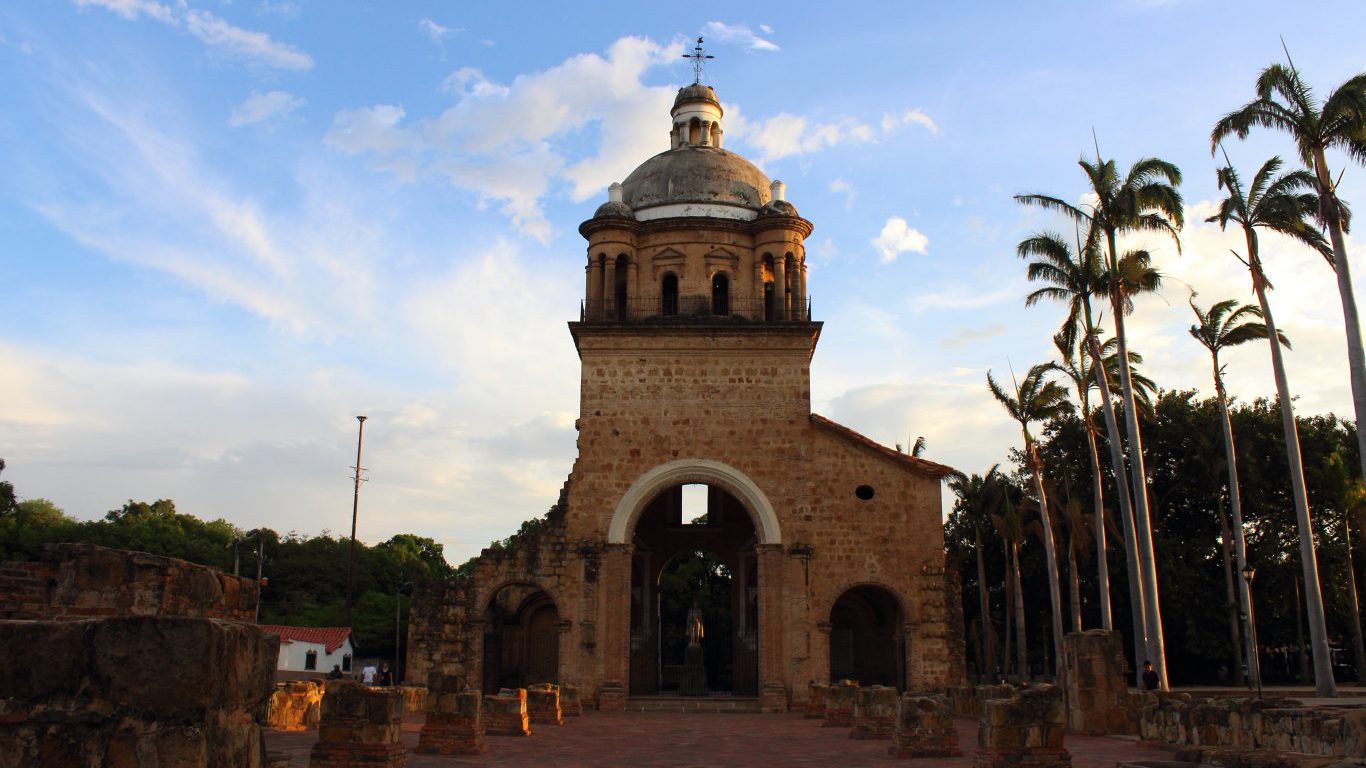
6. Gran Colombia
Gran Colombia spanned a massive swath of land in northern South America and southern Central America. It existed from 1819 to 1830 and included what are today Colombia, Venezuela, Ecuador, Panama, northern Peru, western Guyana, and northwest Brazil. The country’s short existence was plagued by regional conflicts and struggle between two main factions: supporters of a central government and a strong presidency led by President Simón Bolívar and supporters of a decentralized, federal form of government led by Francisco José de Paula Santander y Omaña. Bolivar, who led revolutionary forces in the war of independence from Spain and who was given great powers as president, refused to accept the federalist constitution despite its growing support. He resigned in 1830 as it became clear the nation could not survive. In addition to the political discord, growing regional tensions such as the Venezuelan rebellion in 1826 also led to the dissolution of Gran Colombia. As a result, Venezuela, Ecuador, and New Granada became independent states.
[in-text-ad]
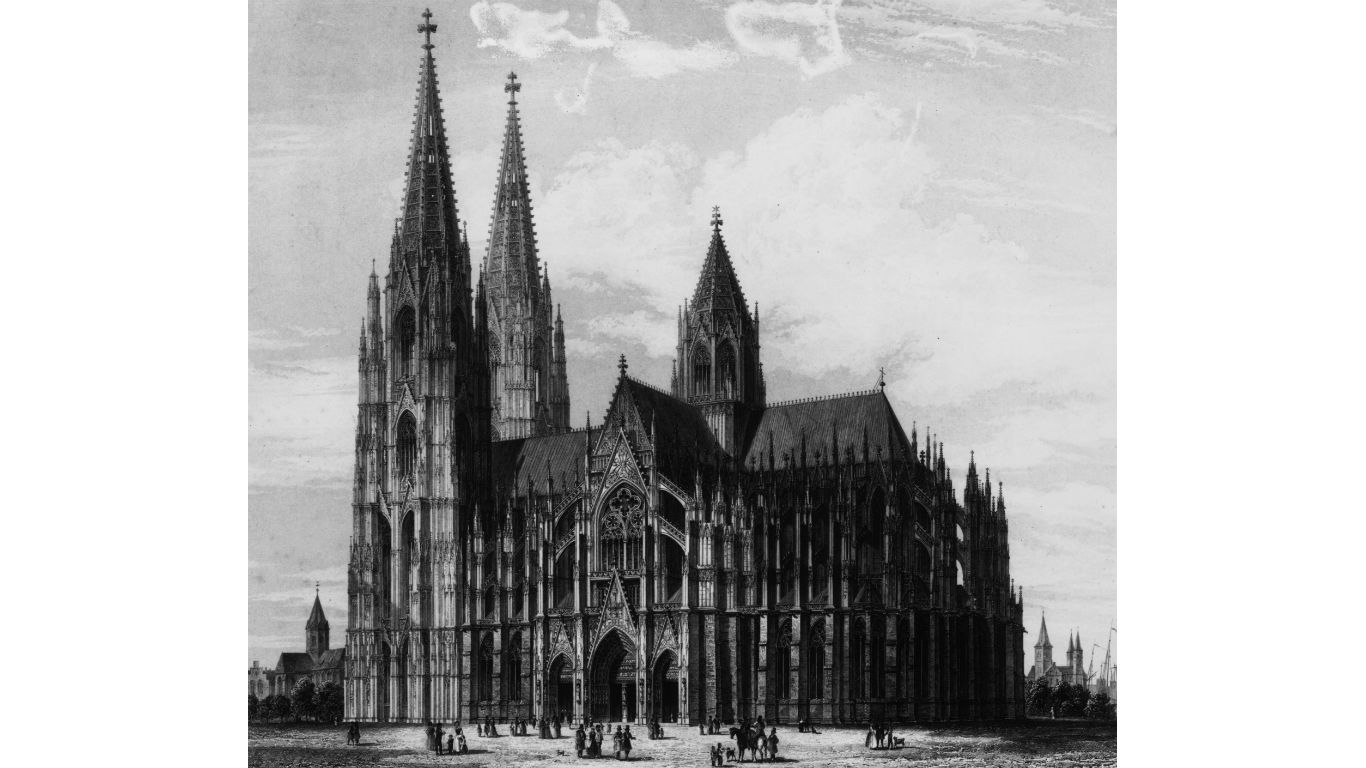
7. Holy Roman Empire
Voltaire, one of the leading writers during the Enlightenment, famously said “…. the Holy Roman Empire was neither holy, nor Roman, nor an empire.” You may or may not agree with Voltaire, but the Holy Roman Empire was nonetheless a stabilizing influence through the chaos of the Middle Ages and was a bulwark against Muslim invasions that threatened Europe. The empire filled the power vacuum created after the fall of the Roman Empire. It was the largest governing authority outside the Catholic Church in the Middle Ages and provided troops for the crusades. Pope Leo III crowned Charlemagne as the first Holy Roman Emperor in 800, and the Holy Roman Empire lasted for more than 1,000 years. Because of its vast size, the Holy Roman Empire was a decentralized empire that granted regions considerable autonomy. The empire encompassed portions of modern European states France, Italy, Austria, Switzerland, Germany, Poland, the Netherlands, Belgium, Slovenia, and the Czech Republic.
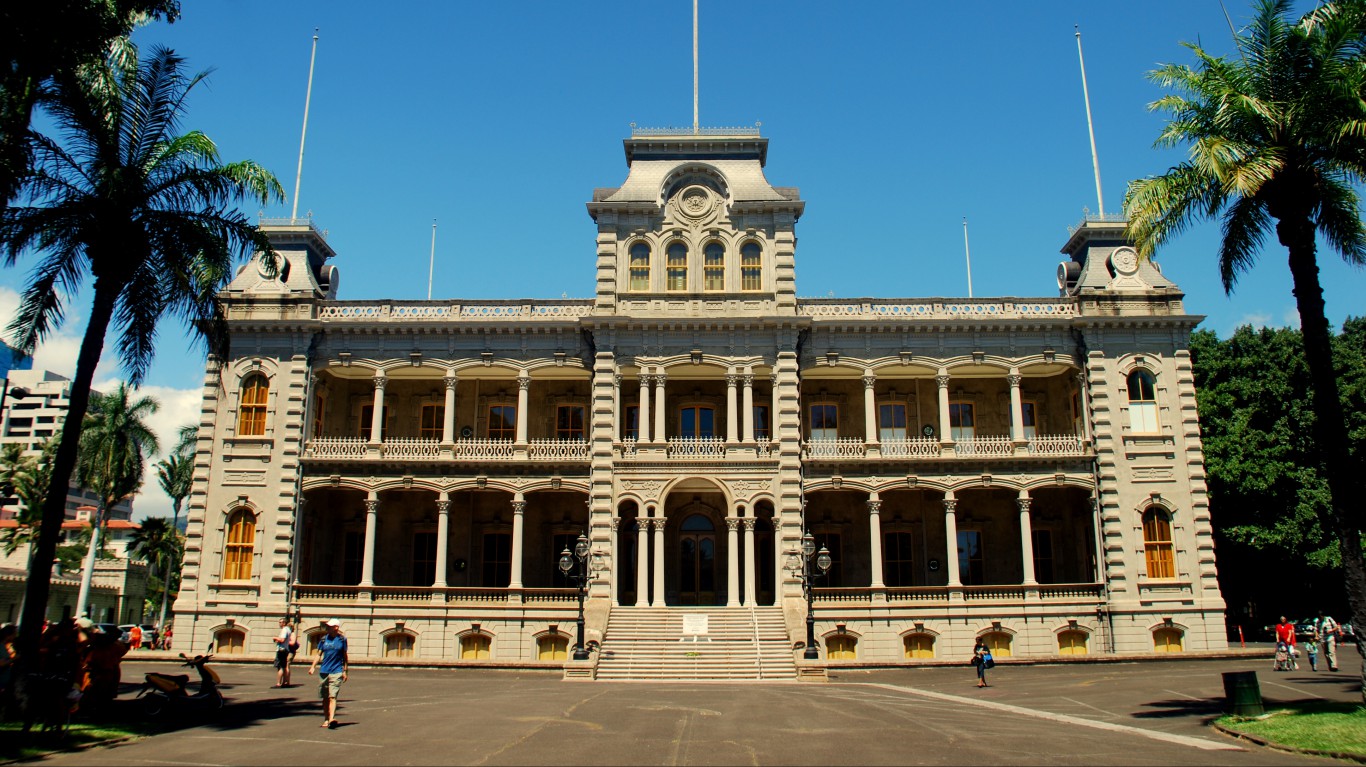
8. Kingdom of Hawaii
Hawaii was not always a U.S. state. In 1795 the islands of Hawaii, Oahu, Molokai, and Lanai unified under one government. In 1810, the entire Hawaiian Archipelago was united when Kauai and Niihau joined the Kingdom of Hawaii voluntarily. Two dynasties ruled the kingdom, the House of Kamehameha and the House of Kalakaua. In 1887, this kingdom of islands adopted a constitution that reduced the power of King Kalakaua. King Kalakaua was succeed by his sister, Queen Liliuokalani, who, in 1891 tried to restore royal power that had been removed by a new Hawaiian constitution but she failed. Thereafter, Hawaii became a republic until it was annexed by the United States. The U.S. built a naval base at Pearl Harbor because of Hawaii’s strategic location in the Pacific Ocean. Pearl Harbor was bombed by Japan on Dec. 7, 1941, drawing both the U.S. into World War II. In 1959, Hawaii became the 50th U.S. state.
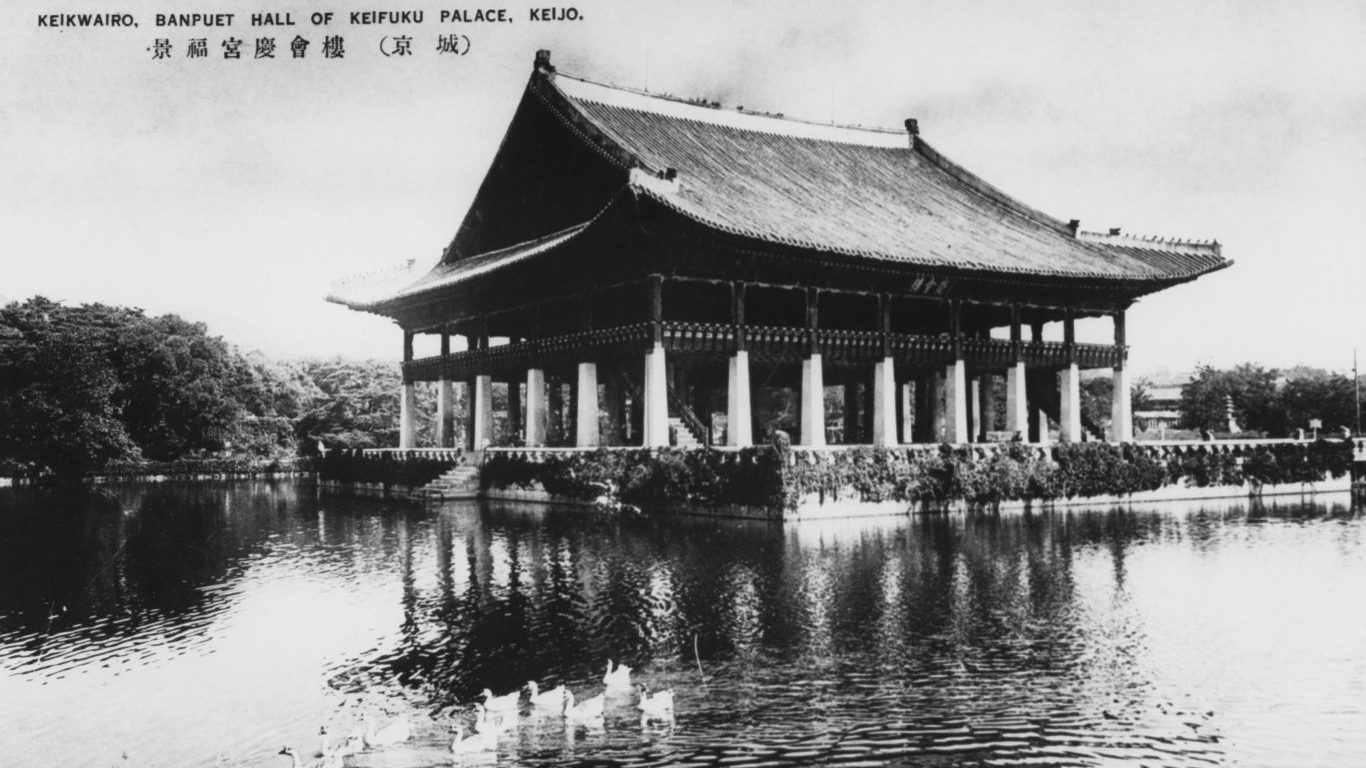
9. Korea
Comprising the Korean peninsula, North and South Korea were once one country. Korea was divided into North and South Korea after World War II, with the United States occupying the southern part, while the Soviet Union, under Joseph Stalin, occupied the northern section. The boundary between the North and South was arbitrarily established as the 38th parallel. In 1948, the Republic of Korea was established in South Korea and the Democratic People’s Republic of Korea in North Korea. With both sides claiming a right to the entire peninsula, the Korean War erupted, lasting from 1950 to 1953. South Korea was supported by the United States and western allies, while North Korea was supported by China and the Soviet Union. The result was a stalemate that has so far lasted nearly seven decades as North Korea became an increasingly isolated and rogue state. Because of its nuclear and missile tests, North Korea has also been subject to sanctions from the United Nations.
[in-text-ad-2]

10. Native American Nations
For thousands of years before the Europeans came to North America, the ancestors of Native Americans occupied the continent. Scholars estimate that more than 50 million people were living in the Americas when the Europeans first arrived in the late 15th century, with 10 million of them in what is now the United States. The ancestors of Native Americans likely migrated to North America over a land bridge from Asia to Alaska some 15,000 to 30,000 years ago, according to different theories. When the Europeans got to North America, they encountered a sophisticated, highly structured society. Armed conflict and the effects of diseases brought by the Europeans reduced the Native American population over time. Native Americans were relegated to reservations either by coercion or by treaties, which generally forced massive land concessions. Life in reservations wasn’t easy, and there was mass starvation. Though Native Americans have been recognized as American citizens for decades, they still suffer from years of persecution and discrimination. Some of the poorest, least educated, and least healthy areas in the U.S. are reservations.

11. Newfoundland
Well known as part of the Canadian province Newfoundland and Labrador, Newfoundland was likely visited by Leif Eriksson in the 11th century. The island is rich in history, having long been settled by the Dorset, a Paleo-Eskimo culture. Over the centuries, various cultures visited the island, which is located off the east coast of the North American mainland. These cultures included the Basque, Portuguese, Spanish, French and English. In 1583, Sir Humphrey Gilbert claimed Newfoundland as England’s first New World colony under Royal Charter for Queen Elizabeth I, making it England’s oldest colony. In 1713, under the treaty of Utrecht, the French gave up control of the north and south shores of the island to the British. As time progressed, immigrants from England, Scotland, Ireland and France created a fish-exporting society. Newfoundland was organized as a colony in 1825, became self-governing, and held dominion status from 1907-1949 — which included Labrador becoming part of the dominion in 1927 — voting in 1949 to join the Canadian Confederation as the 10th province.
[in-text-ad]
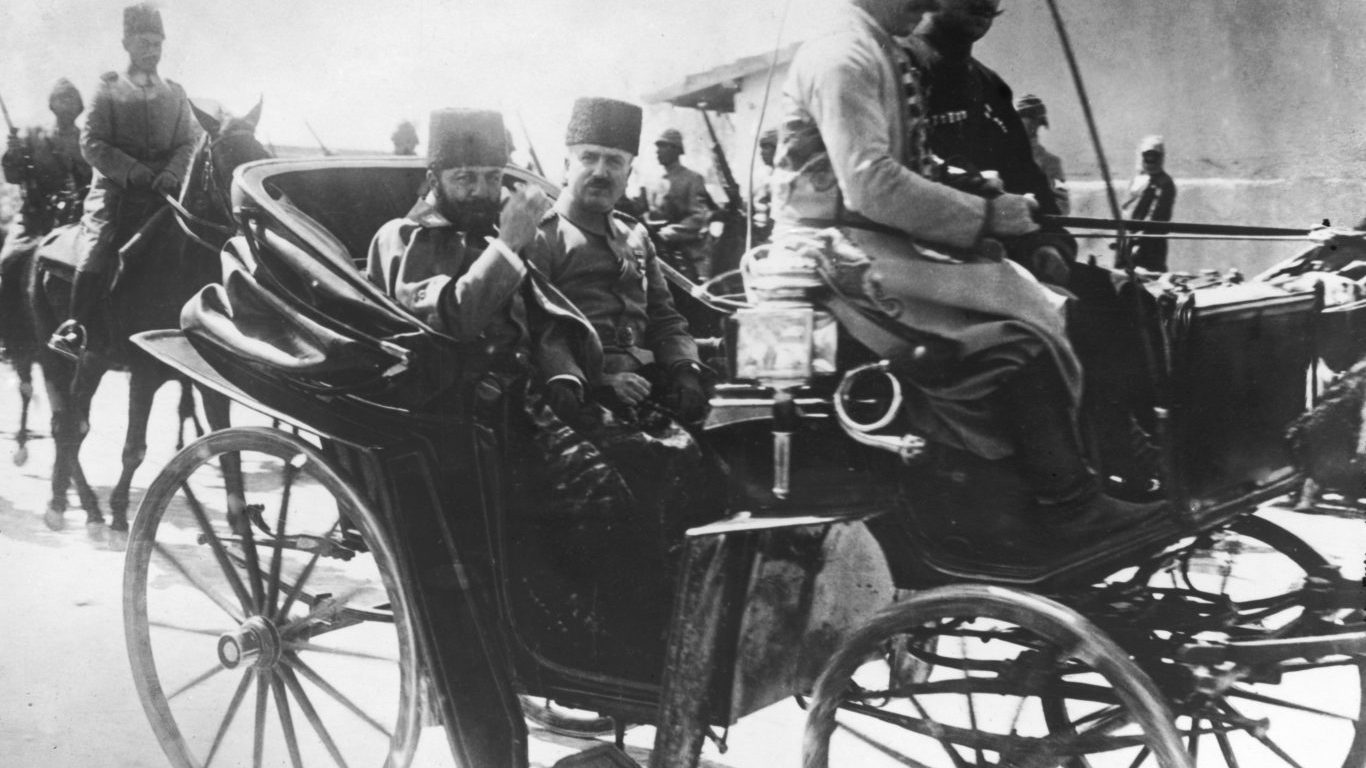
12. Ottoman Empire
The Ottoman Empire lasted from 1299 through the early part of the 20th century, and was one of history’s longest lasting empires. It was also one of the largest empires in world history, controlling at its peak parts of the Middle East, Eastern Europe, and North Africa. For centuries, the empire easily expanded until its peak in 16th century, during the reign of Suleiman the Magnificent. At the time the empire provided regional stability and was the source of important achievements in the arts, science, medicine, and architecture. With time, however, the Renaissance and Industrial Revolution strengthened Europe, leaving the empire much weakened economically and militarily. Through revolts and wars the empire was losing territories and influence. After World War I, the Ottoman Empire came to an end with the Treaty of Sevres.
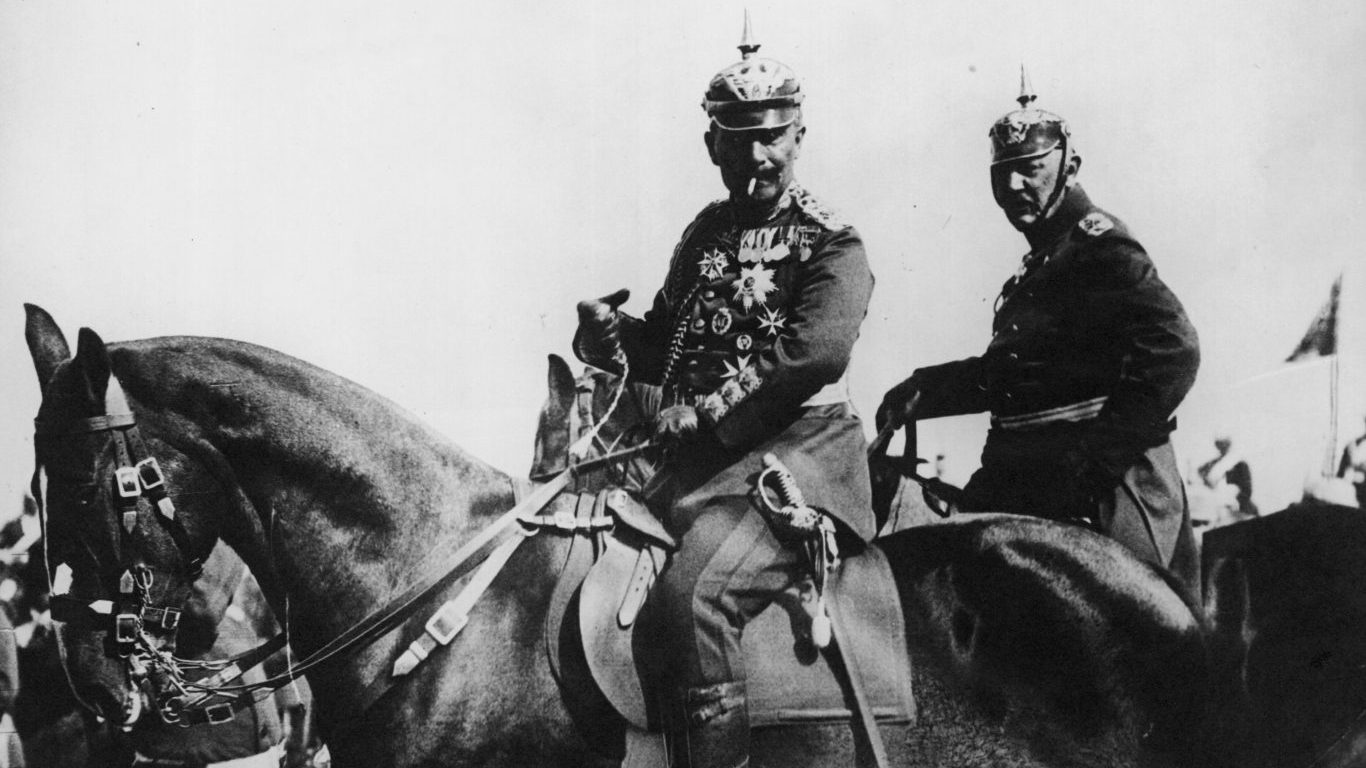
13. Prussia
Prussia was a state on the southeastern coast of the Baltic Sea. It originated in 1525 and was ruled by the House of Hohenzollern. Under the dynasty, Prussia expanded its size and sovereignty with military might to control many regions around it. It had considerable influence across Europe, and of course over Germany. With Berlin its capital since 1701, Germany was unified in the 19th century with Prussia at its core. Prussia became so associated with militarism that Napoleon was quoted as saying, “Prussia was hatched from a cannon ball.” Deciding to eradicate militarism, the Allies after World War II moved to abolish it. Present-day Poland occupies most of what was Prussia.

14. Rhodesia
Located in South Central Africa, Rhodesia is now divided into Zimbabwe and Zambia. Named after British colonial administrator Cecil Rhodes, Rhodesia was administered by the British South Africa Company, which sought to mine its deposits of gold, copper, and coal in the 19th century. From 1965 to 1979, Rhodesia was a self-declared, independent nation that was an unrecognized state. Following a brutal civil war between two nationalist organizations, the world recognized Rhodesia’s independence in 1980. The country took on the name Zimbabwe.
[in-text-ad-2]

15. Roman Empire
Few empires have influenced the world more than the Roman Empire, which dominated most of Europe, northern Africa and the western part of Asia for about 500 years. The empire emerged from the Roman Republic beginning in 27 B.C. after Octavian defeated Mark Antony and Cleopatra and Octavian took the title of Augustus. The western portion of the empire lasted until it was invaded by Germanic tribes in 476. The eastern part of the empire, called the Byzantine Empire, lasted until 1453, when the Ottoman Turks conquered Constantinople. The causes of the decline of the Roman Empire have been the subject of historical debate for hundreds of years. The empire proved to be too vast to govern, and over time, its rulers became corrupt.
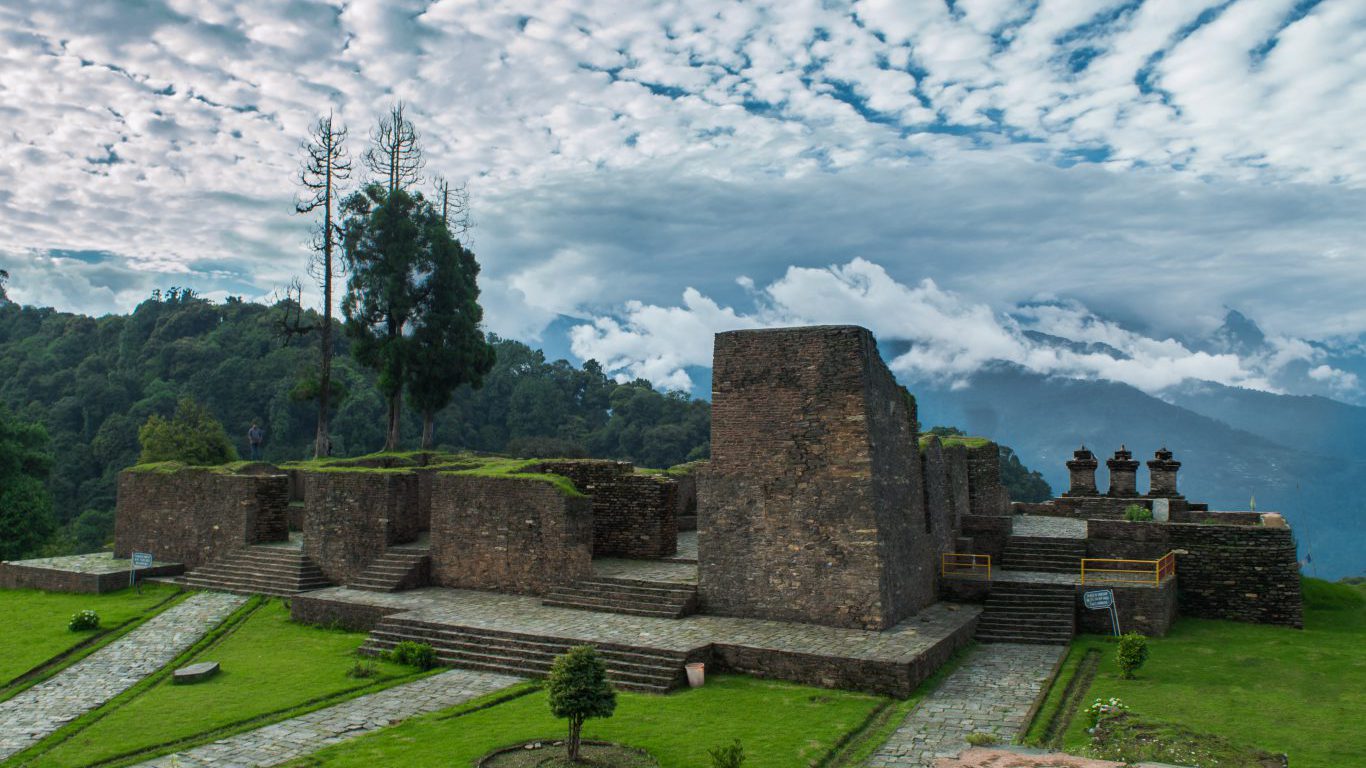
16. Kingdom of Sikkim
Long before it was an Indian state, the Kingdom of Sikkim was a sovereign nation. Founded by the Namgyal dynasty in 1642 in what is today’s northeast India, the kingdom was ruled by the Chogyals of the Namgyal dynasty. The Chogyal, which means “righteous ruler,” were Buddhist priest-kings. Though in 1890 it became a British protectorate and later an Indian protectorate, Sikkim was able to preserve its autonomy until 1975. That year, India’s military deposed the country’s monarchy, and in a referendum not soon after, voters essentially supported becoming India’s 22nd state. Sikkim is India’s second smallest and least populous state. It is home to Kanchenjunga, the highest peak in India and the third highest peak on Earth.
[in-text-ad]

17. South Vietnam
During World War II, Vietnam was a French colony occupied by the Japanese Empire. After the Japanese lost the war, the Vietnamese, led by Ho Chi Minh, were successful in forcing out the French, but they weren’t successful in keeping their country whole. South Vietnam was created in 1954 at the Geneva Conference, which temporarily separated the country into north and south regions — communist and non-communist. Almost from the beginning of its existence, South Vietnam proved to be problematic for its allies, including the United States. The South Vietnamese government was corrupt, and the military was led by incompetent commanders. Despite massive economic and military American assistance, the South Vietnamese could not stop the onslaught from the communist north. After the United States pulled out its last troops in 1973, the North Vietnamese routed the South Vietnamese resistance and seized Saigon in 1975. Vietnam was reunified under a communist government.

18. Soviet Union
The Union of Soviet Socialist Republics lasted from 1917 to 1991. By landmass, it was the largest country ever, covering one-sixth of the Earth’s land surface. It was also home to 100 nationalities. The Soviet Union’s political system was authoritarian and its economic system was highly centralized, emphasizing socialist ownership of the means of production. Though the Soviet Union was part of the Allied forces in World War II, after the war the Eastern Bloc, controlled by the Soviets, and Western allies, led by the United States, engaged in a Cold War as both powers raced to build nuclear arsenals and reach space. Stresses began to build in the Soviet system by the late 1980s, both within and without as the communist world began collapsing. Leader Mikhail Gorbachev introduced the policies of perestroika (restructuring) and glasnost (openness), but those reforms proved too difficult to implement. Rising nationalism among union members was also causing tension. By December 1991, the Union of Soviet Socialist Republics faded into history.
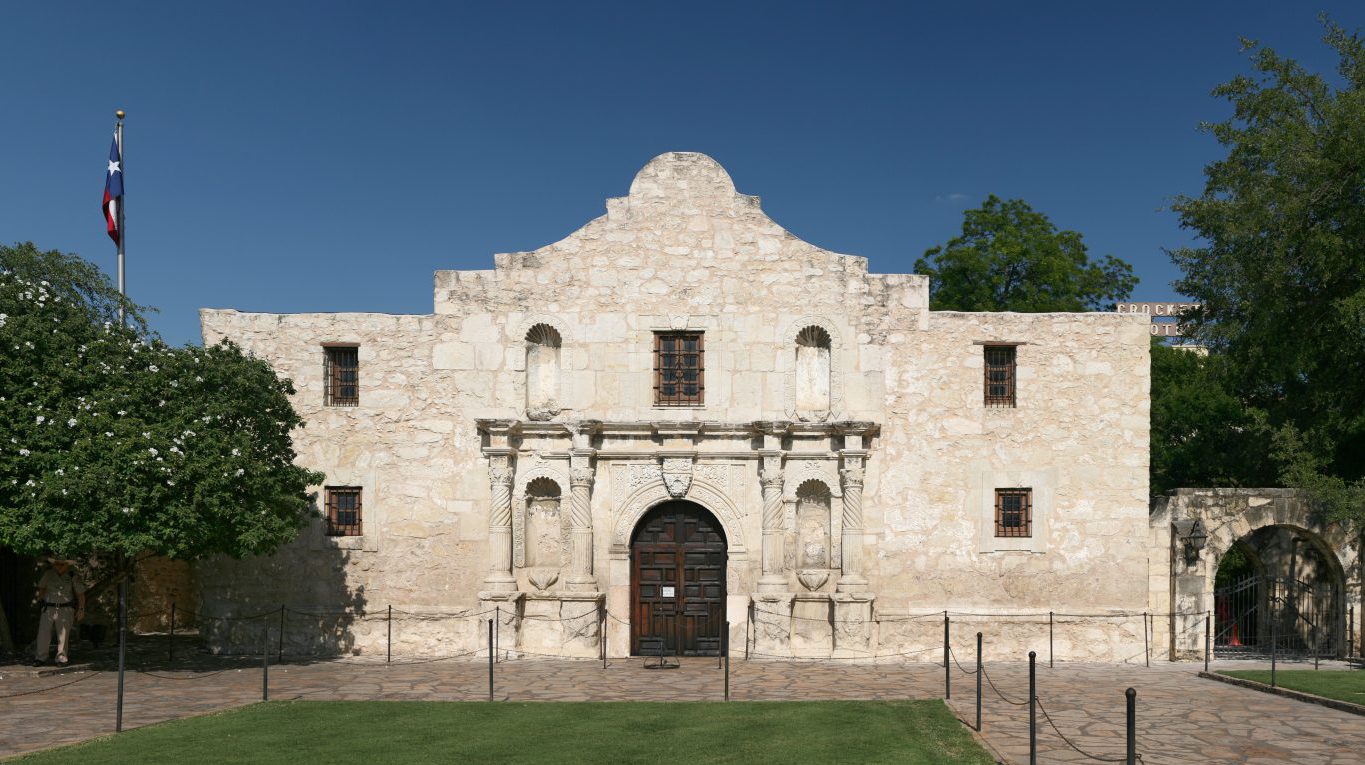
19. Texas
Six flags have flown over Texas in its history, but only one has fluttered over an independent republic. That was in the 19th century, when Texas declared its independence from Mexico. The Republic of Texas was officially recognized by the United States in 1836 and later by European nations. Texas wanted to join the United States, but because it permitted slavery within its borders some congressmen from northern states objected. In 1845, Texas became the 28th state to join the United States. Though 16 years later, the state seceded from the Union to join the short-lived Confederacy, Texas rejoined the United States after the Civil War ended in 1865.
[in-text-ad-2]
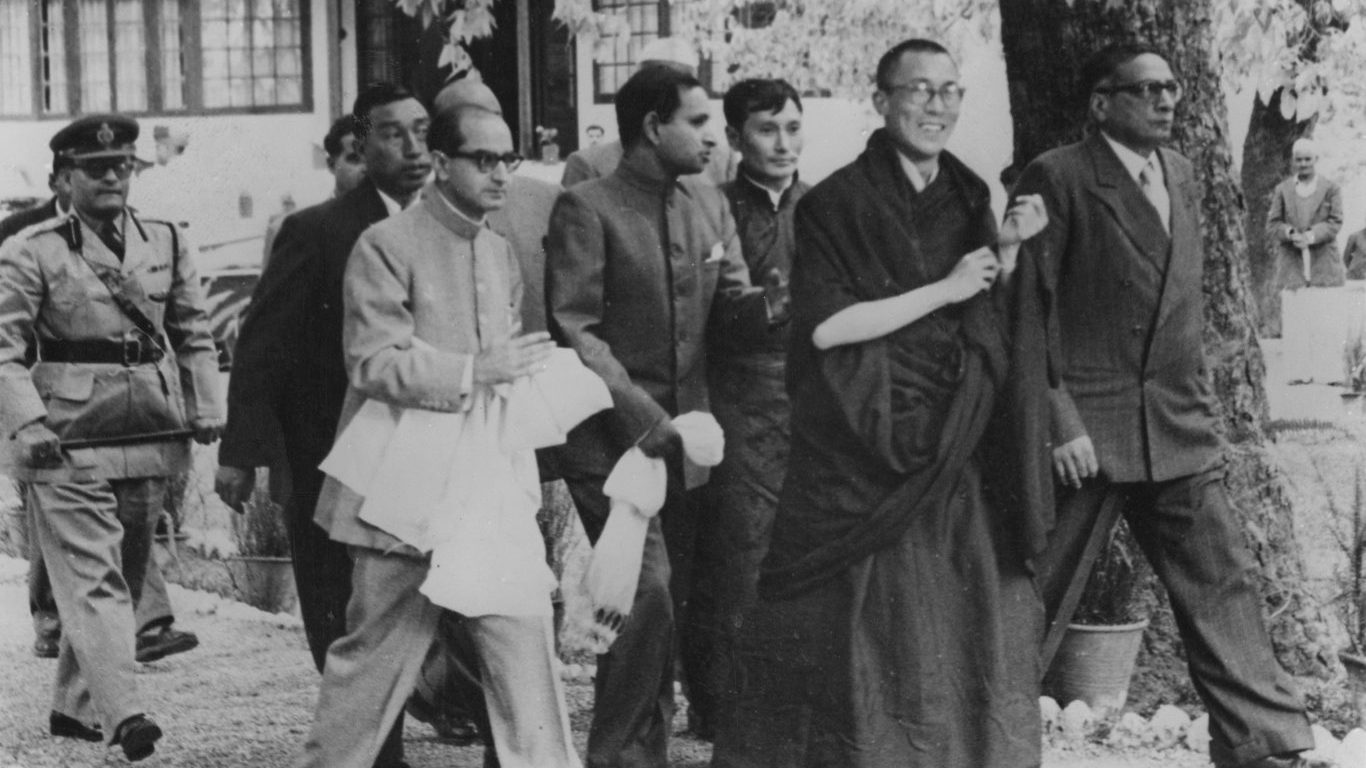
20. Tibet
Tibet is likely one of the more well-recognized regions that are no longer sovereign states. Home to the Tibetan people, the region borders China in the north and comprises the Tibetan Plateau north of the Himalaya. Throughout history, Tibet’s fate was intertwined with that of China, though Tibet was independent from the 14th to the 18th century and ruled by successive Dalai Lama. After being again under Chinese rule, the 13th Dalai Lama declared Tibet an independent country in 1913, but this didn’t last. Beginning in 1949, the People’s Republic of China worked to incorporate Tibet into the communist nation and invaded the region in 1950. In 1951, the Tibetans and Chinese government signed the Seventeen Point Agreement, which formalized China’s sovereignty over Tibet. Tibet has been part of China ever since as an autonomous region. Though it didn’t endure as a sovereign nation, Tibet has a long archeological, military, and religious history that endures today.

21. Vermont
Declaring independence from the British Empire wasn’t enough for Vermont; it also declared independence from the colony of New York, which had claimed Vermont, in 1777. Vermont drew up a constitution — the first written one in North America — that was radical for its time. It prohibited slavery and gave the right to vote to all adult males, whether they owned property or not. The United States would not admit Vermont into the Union until the dispute with New York was resolved. That piqued Vermonters, who asked the British if the republic could be readmitted into the empire as part of Canada. Vermont remained an independent republic until successful negotiations with New York concluded in 1790. A year later, it was admitted as the 14th state because of the needs of the United States to balance free and slave states. Vermont joined the U.S. to offset the admission of slave state Kentucky in 1792.
[in-text-ad]

22. West Florida
Just like Texas was once its own republic, so was an area that today is part of Louisiana, albeit very briefly. West Florida, which encompassed a region of what is eastern Louisiana, became a republic in 1810. The area had been under control of Spain, which gained the territory from Great Britain following the American Revolution because Spain was an ally of the fledgling United States. Americans settling in the region did not want to live under Spanish rule and revolted. In September 1810, Americans captured a Spanish fort in Baton Rouge and created the Republic of West Florida. Leaders of the republic made overtures to the U.S. to take possession of the territory. The U.S. was reluctant to absorb the new territory until West Florida decided to establish a permanent government. At that point, President James Madison issued a proclamation in October 1810, declaring West Florida part of the United States. West Florida was an independent state for less than a month.
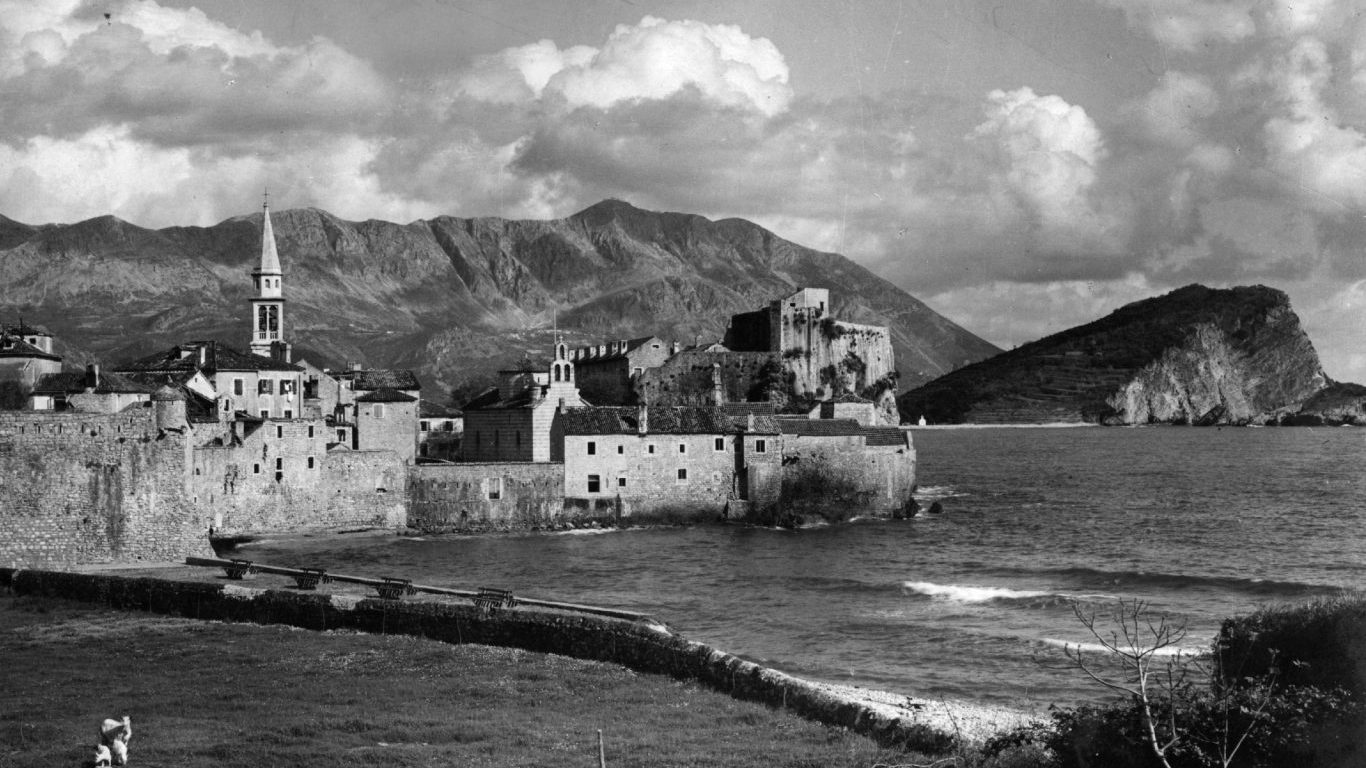
23. Yugoslavia
Yugoslavia, like Czechoslovakia, was once part of the Austro-Hungarian Empire. And like Czechoslovakia, Yugoslavia also was created in 1918, but under the name of the Kingdom of Serbs, Croats and Slovenes. The Serbian royal House of Karadordevic became the Yugoslav royal dynasty. The country was originally named after the South Slavic peoples and became their first union following centuries of being part of either the Ottoman or Austro-Hungarian empires. It became the Kingdom of Yugoslavia in 1929. Yugoslavia was invaded by Nazi Germany in 1941, but fierce resistance by partisans was a big problem for the German army for the rest of World War II. After the war, the monarchy was dissolved and replaced by a communist regime led by Josip Tito, who ruled the nation until his death in 1980. After Tito’s death, ethnic tensions pulled the country apart, leading to the worst armed conflict in Europe since World War II. Yugoslavia dissolved and was divided into seven separate states by the mid-1990s: Bosnia and Herzegovina, Croatia, Macedonia, Kosovo, Montenegro, Serbia, and Slovenia.
Credit card companies are at war, handing out free rewards and benefits to win the best customers. A good cash back card can be worth thousands of dollars a year in free money, not to mention other perks like travel, insurance, and access to fancy lounges. See our top picks for the best credit cards today. You won’t want to miss some of these offers.
Flywheel Publishing has partnered with CardRatings for our coverage of credit card products. Flywheel Publishing and CardRatings may receive a commission from card issuers.
Thank you for reading! Have some feedback for us?
Contact the 24/7 Wall St. editorial team.